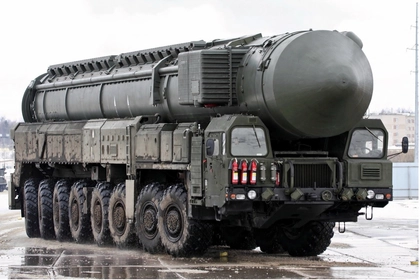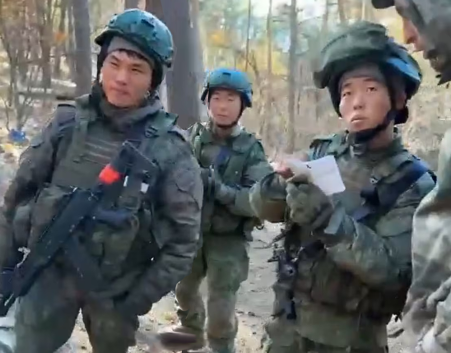The Russian Defense Ministry announced on Tuesday, June 11, that Russia had launched the second stage of exercises with tactical nuclear weapons, this time jointly with Belarus.
The drills would focus on joint training of Russian and Belarusian armed forces units for the deployment of tactical nuclear weapons.
JOIN US ON TELEGRAM
Follow our coverage of the war on the @Kyivpost_official.
“This is to ensure the sovereignty and territorial integrity of the Union State without conditions,” the statement reads.
Non-strategic nuclear weapons, also known as tactical nuclear weapons, are designed for use on the battlefield.
Although these warheads have not yet been used in combat, they can be delivered via missiles, aircraft, or artillery. While they may not be as potentially devastating as strategic nuclear weapons, which can destroy entire cities, they still have the potential to be highly destructive, far more so than the two nuclear weapons used on cities in Japan at the end of World War II.
In fact, the weapon used on Hiroshima had a force of 16 kT, according to the World Nuclear Association, while the weapon used on Nagasaki had a force of 21kT. The equivalent yield of TNT is used to measure the potential destructiveness of nuclear weapons measured in kilotons (1,000 tons) or Megatons (1 million tons) of TNT mass.
For comparison, the current US air-dropped tactical nuclear weapon, the B61, has selectable yields of 0.3, 1.5, 10, 45, 60, and 170 kT, while a strategic version can go as high as 340 kT.

Ukrainian Intel Drones Strike Russia’s Oil Depot in Tula, Igniting Fire, Sources Say
On May 6, the Russian Defense Ministry announced exercises involving non-strategic (tactical) nuclear weapons in response to “provocative statements and threats” from the West.
On May 9, Vladimir Putin announced that the Belarusian military would join the exercises at the second stage.
“We’re not doing anything special. We are preparing, training. We have to be ready. The world is unstable, dangerous. We cannot miss this strike, as it was in the middle of the last century,” Lukashenko said, commenting on the joining of the Belarusian military to the exercises.
A day after Vladimir Putin ordered Russian non-strategic nuclear drills, President Lukashenko ordered his defense forces to carry out inspections of their nuclear-capable units.
The first stage of the exercises began in the Southern Military District on May 21. Within its framework, the military practiced obtaining training ammunition for the Iskander missile system, equipping launch vehicles, and secretly moving to a designated area to prepare for missile launches.
In addition, the military worked out equipment with training combat units of hypersonic Kinzhal missiles and sorties to designated patrol areas.
Moscow and Minsk finalized an agreement in May 2023 to allow Russia to position tactical nuclear weapons in Belarus.
In June, President Vladimir Putin said that deliveries had begun, then in December, Lukashenko confirmed that deliveries had been completed in October. This was the first time that nuclear weapons had been placed outside of Russia’s borders.
Although Russia has said it retained control of the warheads, in January 2024, it provided Belarus with the means of delivery, including Iskander-M ballistic missiles, and helped modify Minsk’s Polonez-M 300mm multi-barreled rocket launcher system to allow it to launch nuclear-tipped missiles.
Belarus held both tactical and long-range nuclear weapons when part of the Soviet Union, as did Ukraine and Kazakhstan. All three gave up their nuclear weapons as part of the 1994 Budapest Memorandum on Security Assurances.
You can also highlight the text and press Ctrl + Enter










